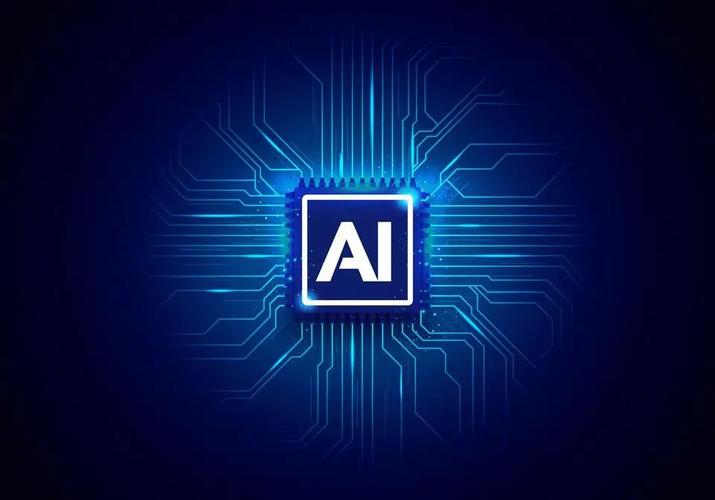Recently, three Christmas advertisements produced by artificial intelligence released by Coca-Cola Company have aroused heated discussion. The editor of Downcodes will take you to understand the story behind this AI marketing case. The AI-generated images in the advertisement are distorted and the characters have weird expressions, which are in sharp contrast to Coca-Cola’s previous exquisite advertisements, triggering complaints and doubts from a large number of netizens. Does this mean that the application of AI technology in the field of advertising production is still insufficient? Or is this just an alternative marketing attempt by Coca-Cola? Let us analyze and discuss together.
Coca-Cola recently released three Christmas ads created with artificial intelligence, but the results attracted a lot of ridicule and skepticism. Although the concept of the advertisement may be good, the actual effect is disappointing: those advertisements with distorted images, weird facial expressions, unnatural movements, and out-of-proportion make the audience dumbfounded. Obviously, AI technology did not play its due role in this attempt.

The three ads were produced by three AI studios, namely Secret Level, Silverside AI and Wild Card. They use several generative models, including Leonardo, Luma, Runway, and a new model introduced in the final stage, Kling. The ad that attracted the most attention was a nod to the classic 1995 Coca-Cola Christmas ad "Holidays Are Coming," which featured a red delivery truck decorated with Christmas lights and Santa Claus. However, the pace of this advertisement is so dizzying that the audience doesn't even have time to react, and the plot seems to rush by.
Coca-Cola is synonymous with the Christmas spirit in the United States, and many even consider it to be the "creator" of Santa's red and white costume. While that's not entirely accurate, it did play a key role in popularizing the color scheme. Other issues with the ad include the truck's wheels sliding across the ground but not turning, and the Christmas lights and buildings being distorted in a way that makes them incomprehensible.
In the face of widespread criticism, Coca-Cola did not admit its mistake, but said it remained committed to creating "the highest level of work at the intersection of human creativity and technology." A company spokesperson told The New York Times: "The Coca-Cola Company has celebrated decades of holiday magic around the world with content, movies, events and retail promotions. We are always exploring ways to connect with consumers and try to Different methods."
Some people criticize these ads as an attempt to use AI to cheapen creative work and lead to unemployment. One commenter named Megan Cruz even quipped: “This is what AI will eventually be used to do. Instead of being a great equalizer, it will allow already very wealthy executives to pass through layoffs. The creative team came up with a tool to increase the bonus, and the machine spit out nothing more than boring stuff." Similarly, Alex Hirsch, the creator of the animated "Gravity Falls" also joked that the reason why Coca-Cola is red. It is “made from the blood of out-of-work artists.”
The failure of Coca-Cola’s AI advertising has triggered people’s reflection on the application of AI technology in the creative industry. Although AI technology is developing rapidly, its application in the field of artistic creation still needs to be cautious. More manual participation and technical improvement are needed to truly realize its value and avoid becoming a cheap substitute. This incident also reminds us that while pursuing technological innovation, we must not ignore the unique charm of human creativity.